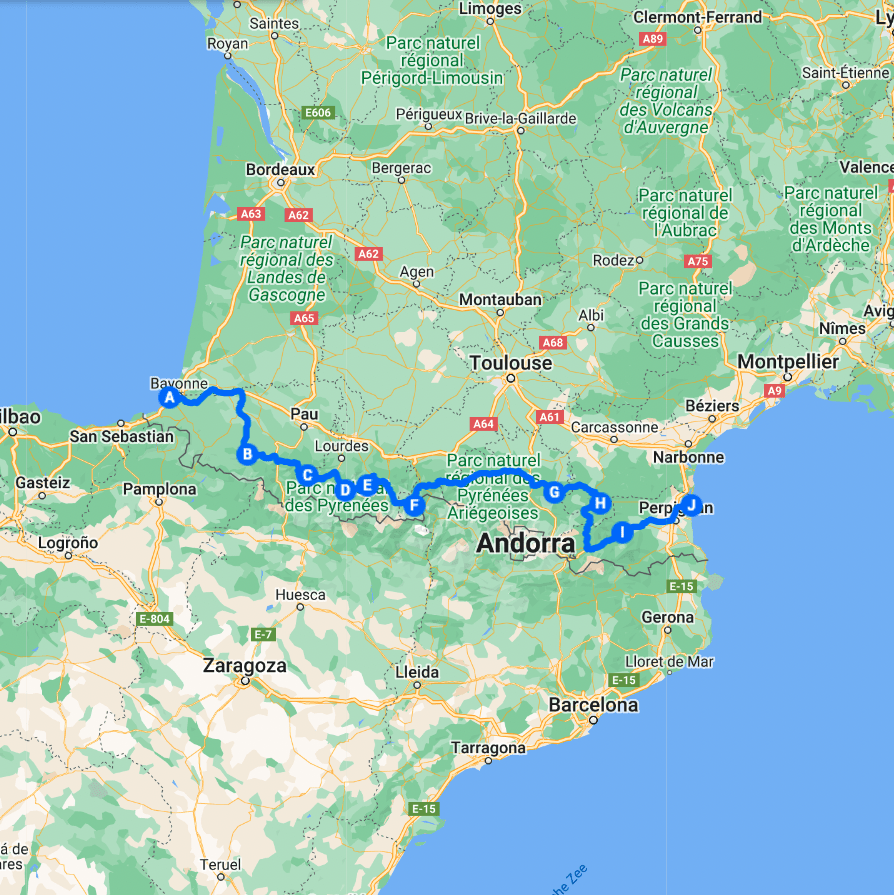French Pyrenees
The Pyrenees extend 430 kilometres from the west (the Bay of Biscay) to the east (the Mediterranean). They form the natural border between France and Spain and offer sea, beaches, mountains, rivers, lakes, valleys, natural parks and many lovely towns. This road trip through the Pyrenees is ideal for those who want to discover a wide variety of sights in about 14 days' holiday by camper van, car or motorbike. The route starts in Biarritz on the West Coast and ends in Barcarès on the Mediterranean Sea. You don't have to follow the route between the stops on this road trip at all to fully enjoy the beauty of the Pyrenees. There are really dozens of combinations in terms of routes to drive from West to East.
Total distance of the route: 696 km
Starting in the Landes
Since spending the night with a campervan in the popular French seaside resorts is not obvious, you can also start this road trip through the Pyrenees in the Landes, the French department above Biarritz. There, you will find many campsites close to the sea with excellent facilities, not only for camper vans. The Landes have kilometres of beaches which are not crowded and where it is lovely to walk in the surf. By the way, dog owners will find one of the only places on the French coast where you can walk your dog on the beach.
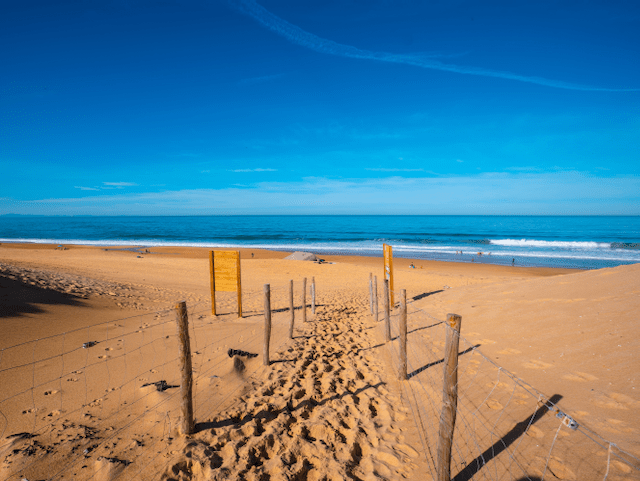

Through French Basque Country
The beginning of the route takes you along small roads and picturesque Basque villages to the foot of the Pyrenees. The French Basque country offers a versatile combination of beautiful views and nice villages. The combination of the French language and the Euskara dialect is omnipresent here. You can feel in everything that Basques are proud of their identity. If you stay longer in this region, you will surely be charmed by their traditions of song and dance, folklore and their typical ball game, Pelote. The landscape between Biarritz and the foothills of the Pyrenees is green and mountainous.
Col d’ Aubisque
On the route through the Pyrenees, you cannot avoid the famous mountain passes. One of them is the Col d'Aubisque, 29.6 km long with an average gradient of 4.3%. The top of the climb is at 1,709 metres. The ascent from Laruns is perfectly doable by motor home, car or motorbike. Once you reach the top, the scenery is stunningly beautiful. On top of the Col d'Aubisque, there is a work of art in the form of three huge bicycles in the colours of the Tour de France jerseys. The descent to Argelès-Gazost is more challenging than the ascent. You descend through a breathtaking green area (the Cirque de Litor) with steep ravines to the Col du Soulor after which you descend again to the normal road. Your driving skills will be put to the test! Keep your eyes on the road, as it is tempting to look around.

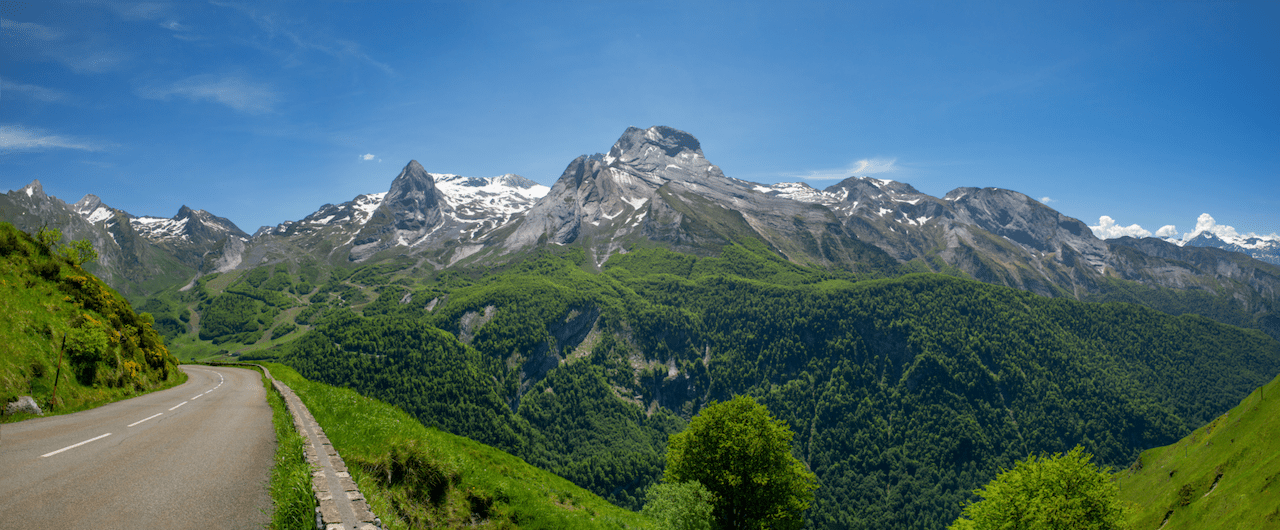
Luz-Saint-Sauveur
A particularly nice stop after the Col d'Aubisque is Luz-Saint-Sauveur. It is a (pleasantly busy) ski and holiday village, centrally located between classified mountain passes and natural wonders (such as the Cirque du Gavarnie). Almost directly in the village is Camping Les Cascades, a terraced campsite with sloping grounds and plenty of shade in the summer sun. Luz is a place where you can easily spend a whole summer holiday, as there is so much beauty to be seen in the area. It is a well-known spa town with a beautiful Templar church. Starting from the campsite, you can take many beautiful walks along summer meadows, green landscapes, peaceful paths, inhabited forests and stone barns. We recommend the Napoleon and Eugenie Imperial Walk (1.5 hours), which runs along the campsite to the Napoleon Bridge.
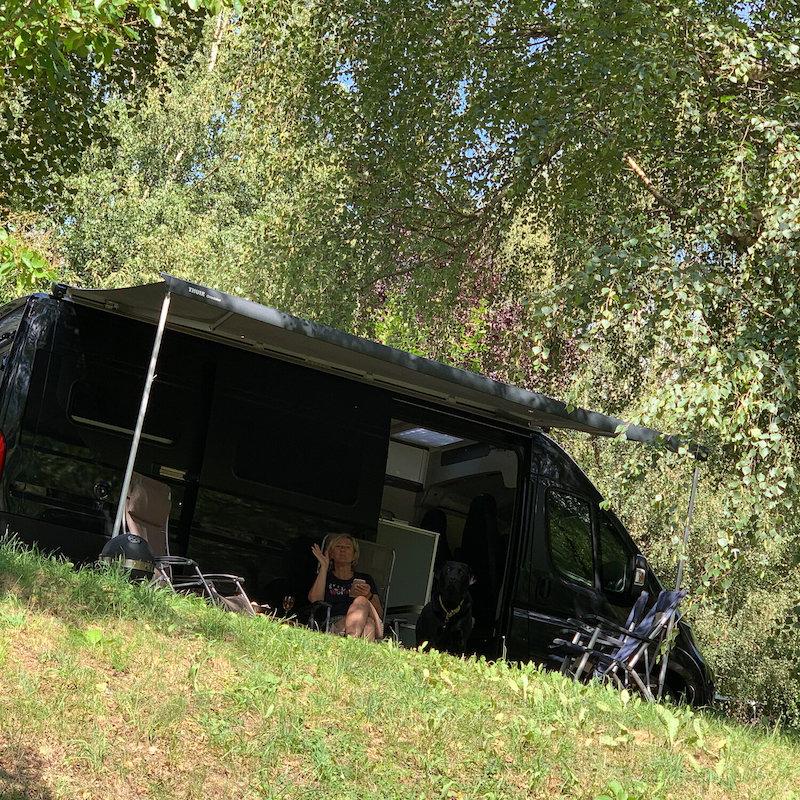
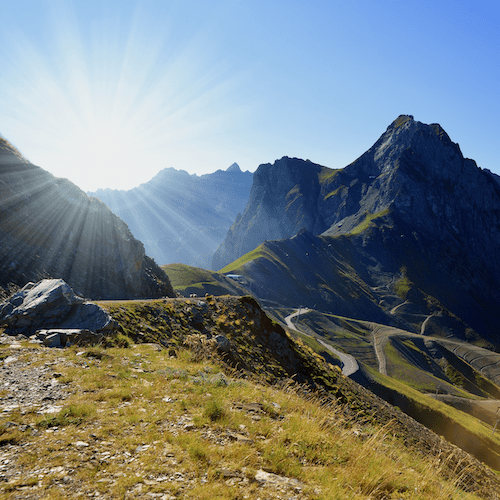
Col du Tourmalet
Just outside Luz, the ascent of the mythical Col du Tourmalet begins. It is really worth the effort to drive up the mountain. Hope for a cloudless day, then you will enjoy a beautiful view! At 2,115 metres, the Tourmalet is the highest Pyrenean pass in France and is surrounded by the largest ski area in the French Pyrenees. By the way, did you know that the Col du Tourmalet owes its name to a flood in the river Gave, which forced the traffic to take this pass? The name 'Tourmalet' therefore means something like 'bad diversions'. The climb of the Tourmalet is part of the Tour de France almost every year.
Superbagnères
In the Pyrenees, make sure that you always have enough fuel, as there are often no petrol stations in the mountains. Another tip concerning the right of way in the mountains: ascending traffic always has right of way over descending traffic. Except buses, which always have right of way. The next stop on this route is Bagnères-de-Luchon, a renowned spa town with the nickname "Queen of the Pyrenees". Perhaps the accompanying ski resort of Superbagnères sounds more familiar to you? It has been the finish of the Tour de France several times. The village is worth visiting and radiates a kind of vieux grandeur. Do you have some time to spare? Then a trip with the ski lift to Superbagnères is highly recommended!

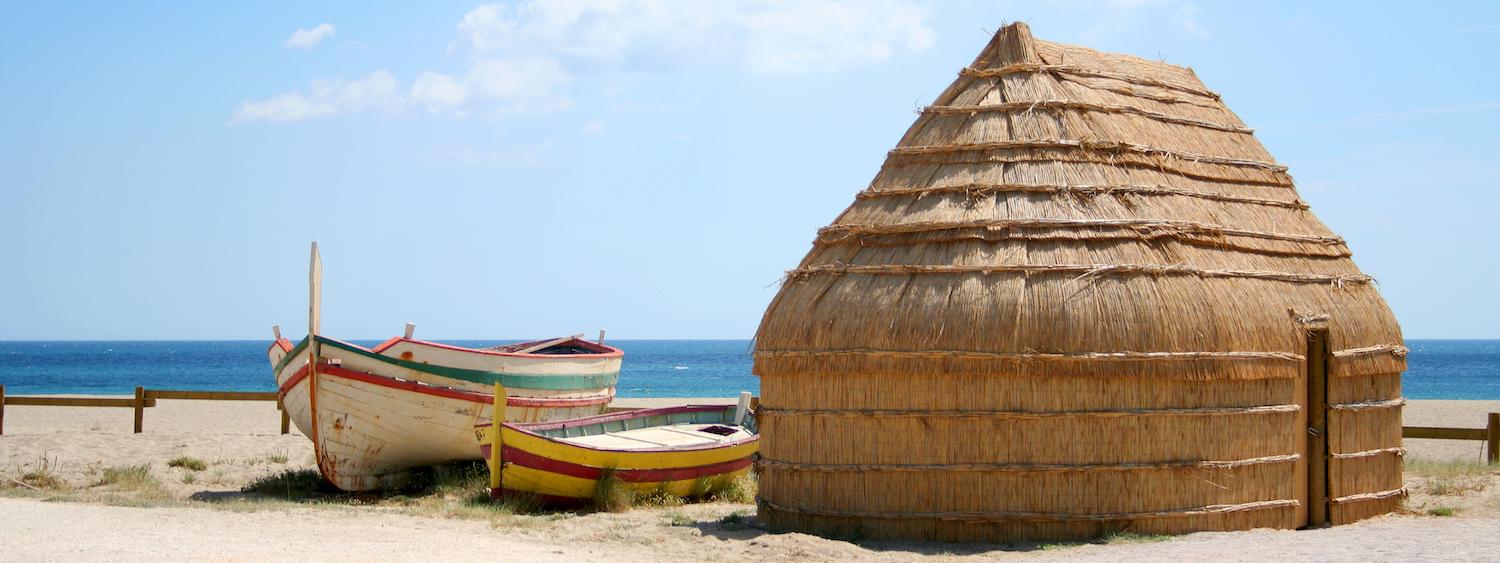
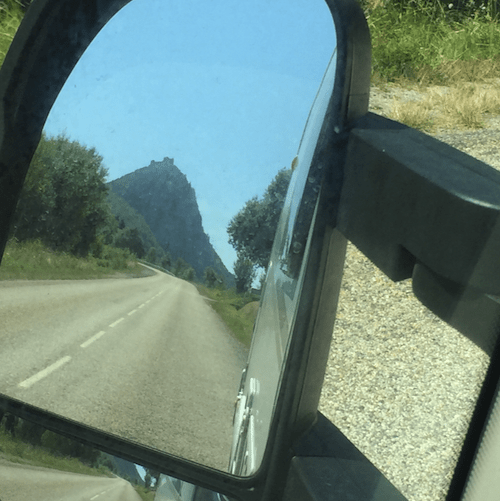
The Ariège
Do you like reading thrillers and the books of Kate Mosse? Then you undoubtedly know the history of the Cathars. Their last stronghold, Montségur, lies on a rocky ridge 1207 metres high and is only accessible via a steep footpath. We made a diversion - especially to visit this unique place - through the Regional Natural Park of the Ariège Pyrenees, a beautiful area with summer meadows, beautiful valleys, wooded hills, lakes and rivers. We were focused on Montségur that day but honestly... we are more than surprised by the beauty of Ariège.
Along the Aude to the Catalan Pyrenees
After Montségur, we headed south again towards the Pyrenees through the Catalan Pyrenees Regional Natural Park. Our next stop on the route was Pradès. However, we did the journey in 2 stages. The route through the nature park took much more time than we could have estimated beforehand. But it is well worth the drive! What nice roads, what beautiful views, what a fascinating landscape. We stopped along the way in Axat, a charming village on the river Aude. According to the information in the village, you can go rock climbing, abseiling, canyoning, hydrospeeding, rafting and mountain biking.
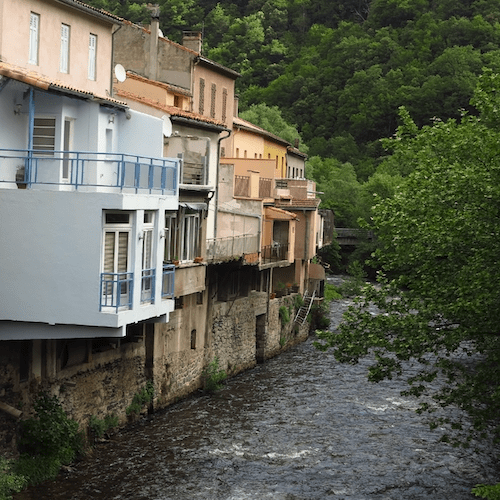
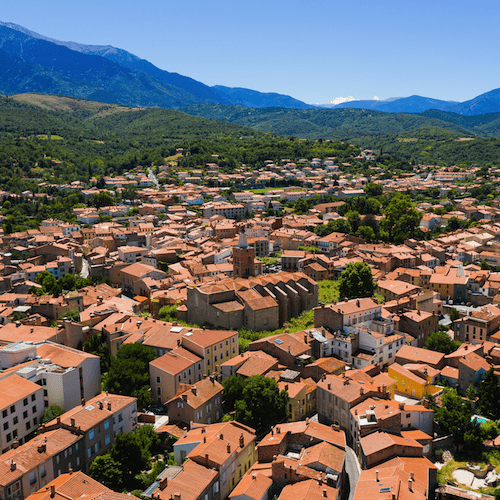
The Pyrenees Orientales
For the route to Pradès, the GPS sent us along the D118 past Font-Romeu, although on the map there was a much shorter route in a straight line to Prades through the Eastern Pyrenees. As the previous days' routes were often treacherously long, we slavishly followed the GPS. Perhaps rightly so, because this route winds its way along the Aude through deserted villages and past treacherous rock formations, while the 'short' road runs straight through the mountains and at first we saw signs saying 'Route barrée'. Once in Pradès, we caught the last moments of the weekly Saturday market in the central square. If you are planning a longer stay here, we would definitely recommend a mountain ride on Le Train Jaune, a visit to the Vauban fortress of Villefranche-de-Conflent or a trip to Canigou, the giant of the Eastern Pyrenees.
Barcarès
The last part of our road trip through the Pyrenees ended in Barcarès, a seaside resort just above Perpignan with an 8-kilometre sandy beach and a huge 7,000-hectare saltwater lake. Sun, sea and ... space enough. We set up at Camping L'Oasis & California, a beautiful campsite with particularly spacious pitches for camper vans. From the campsite you can walk to the city, to the sea and to the nearby river Agly. The town, the port and the facilities around the saltwater lake feel outdated, so don't expect a bustling and modern seaside resort. But as an end station of this wonderful journey through the Pyrenees, it did give us satisfaction. We enjoyed the peace and quiet of the campsite, the fun in the water with our sup board on the river and the private moorings which were a good alternative to the busier sandy beach.
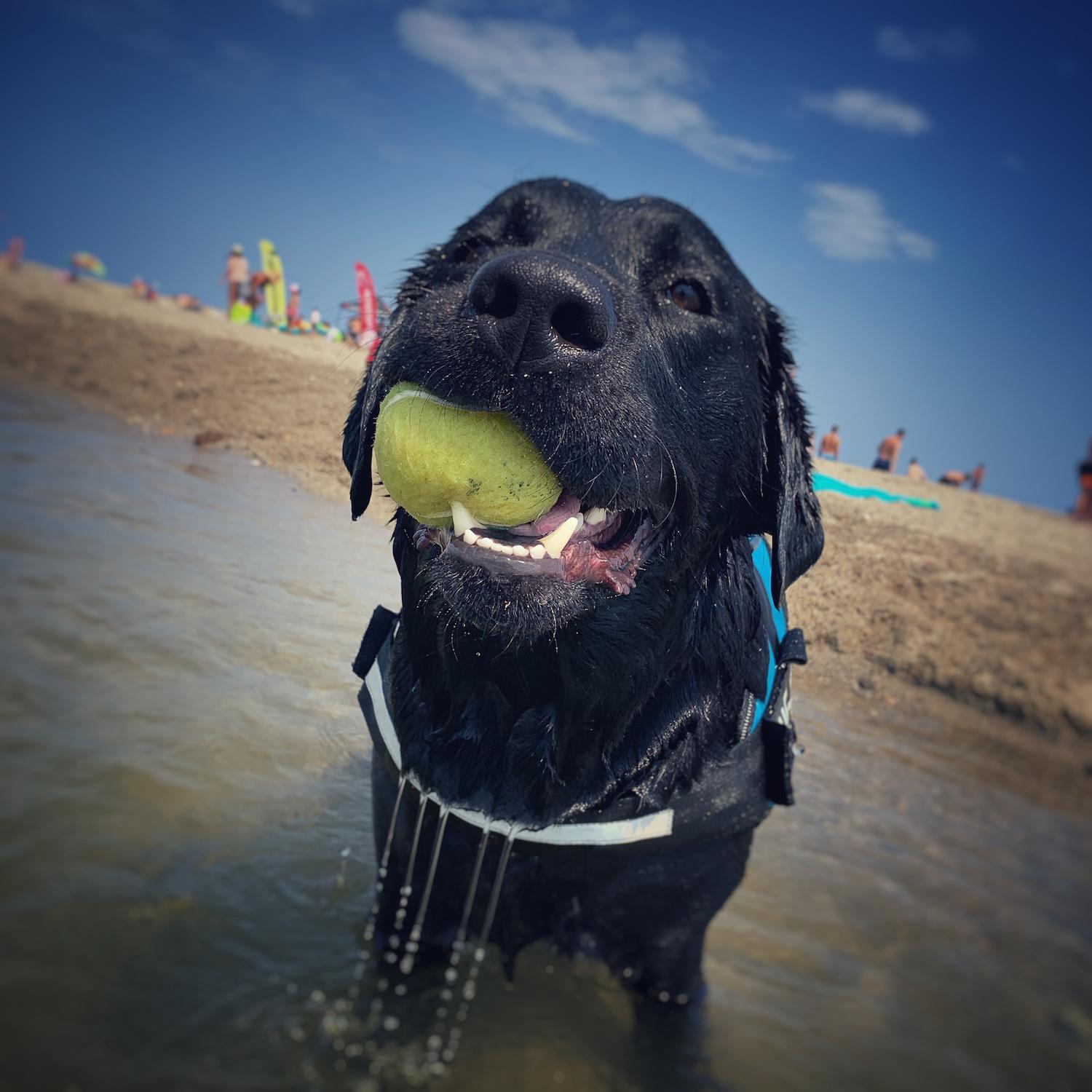
Would you like to extend your trip a bit? Then we can definitely recommend the road trip Aude Languedoc-Roussillon.

